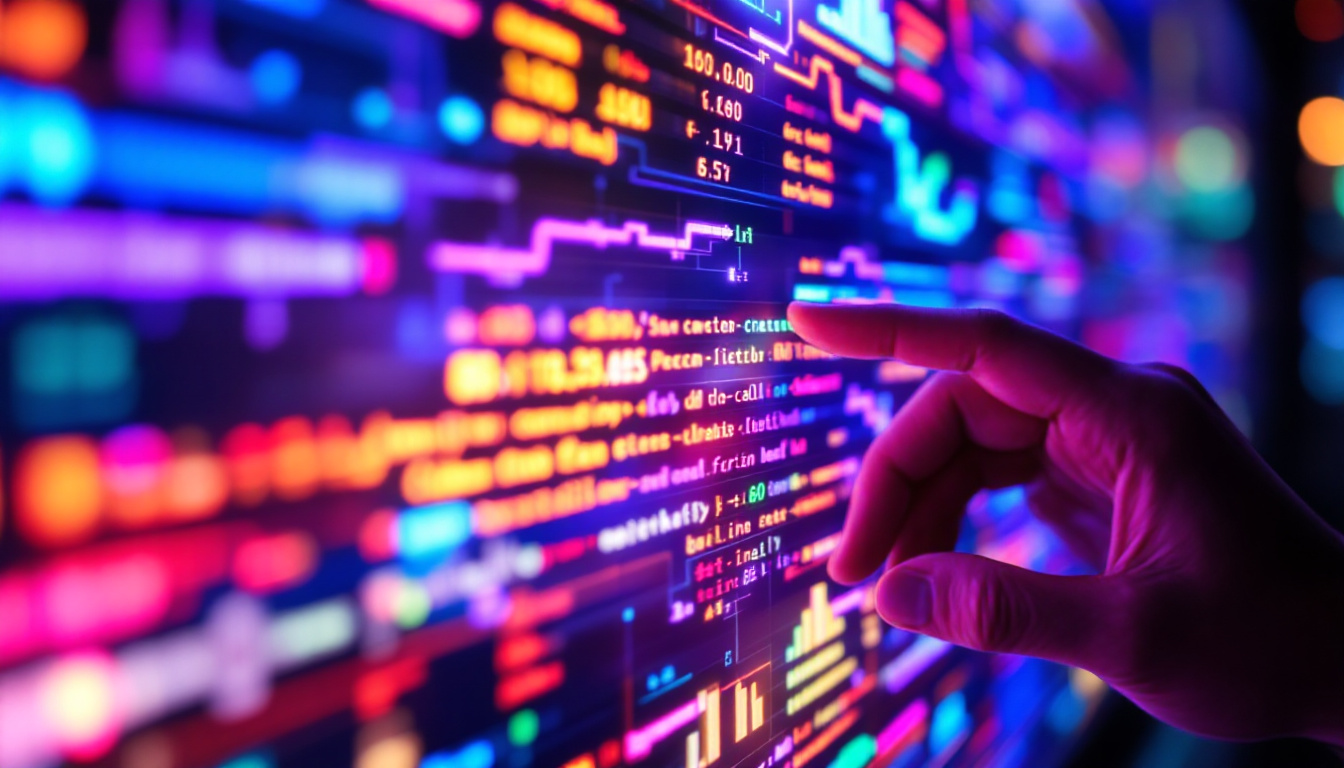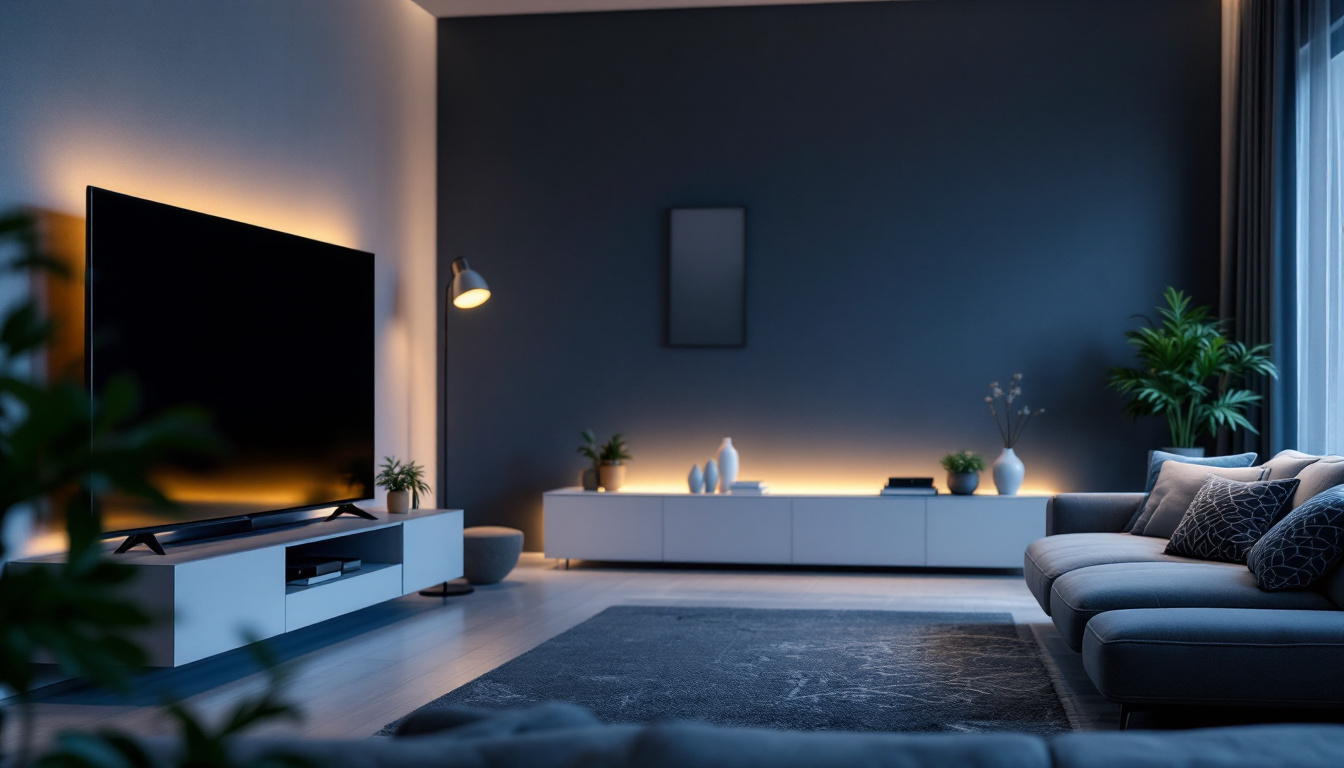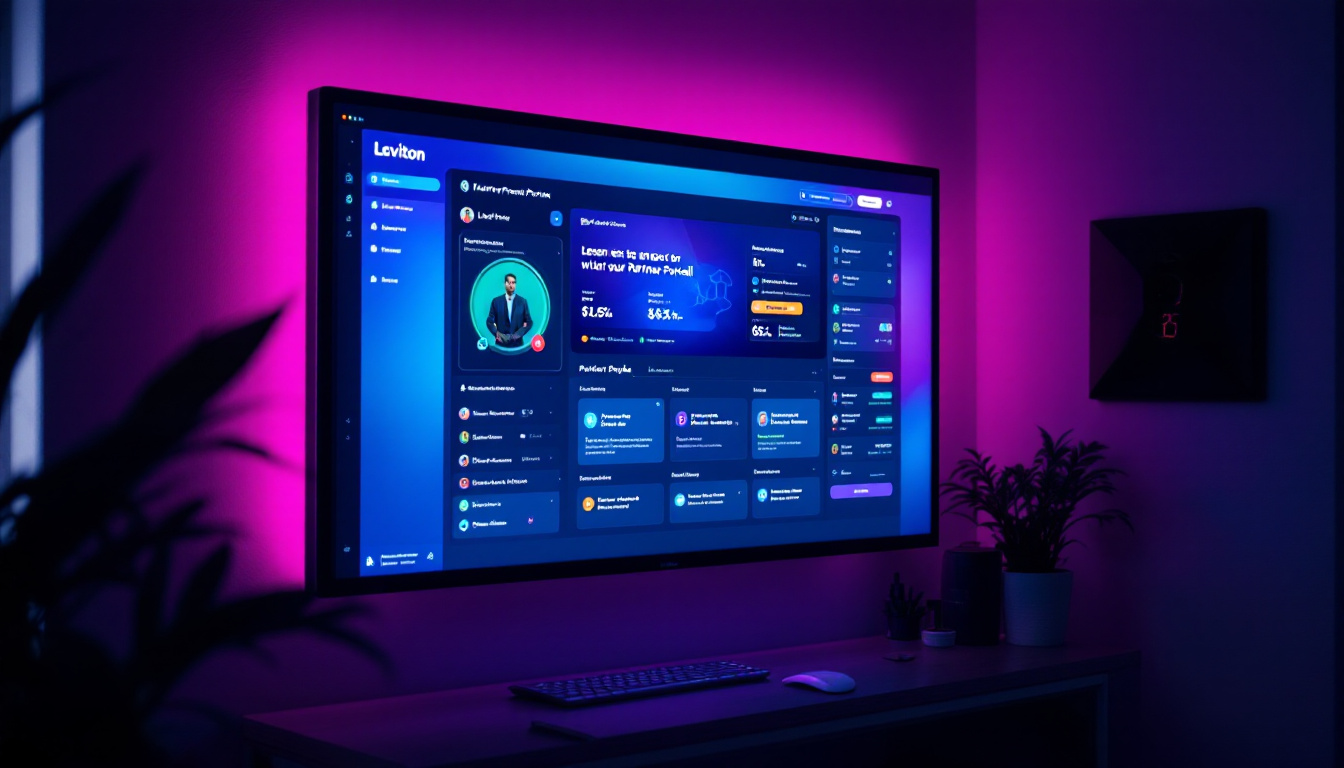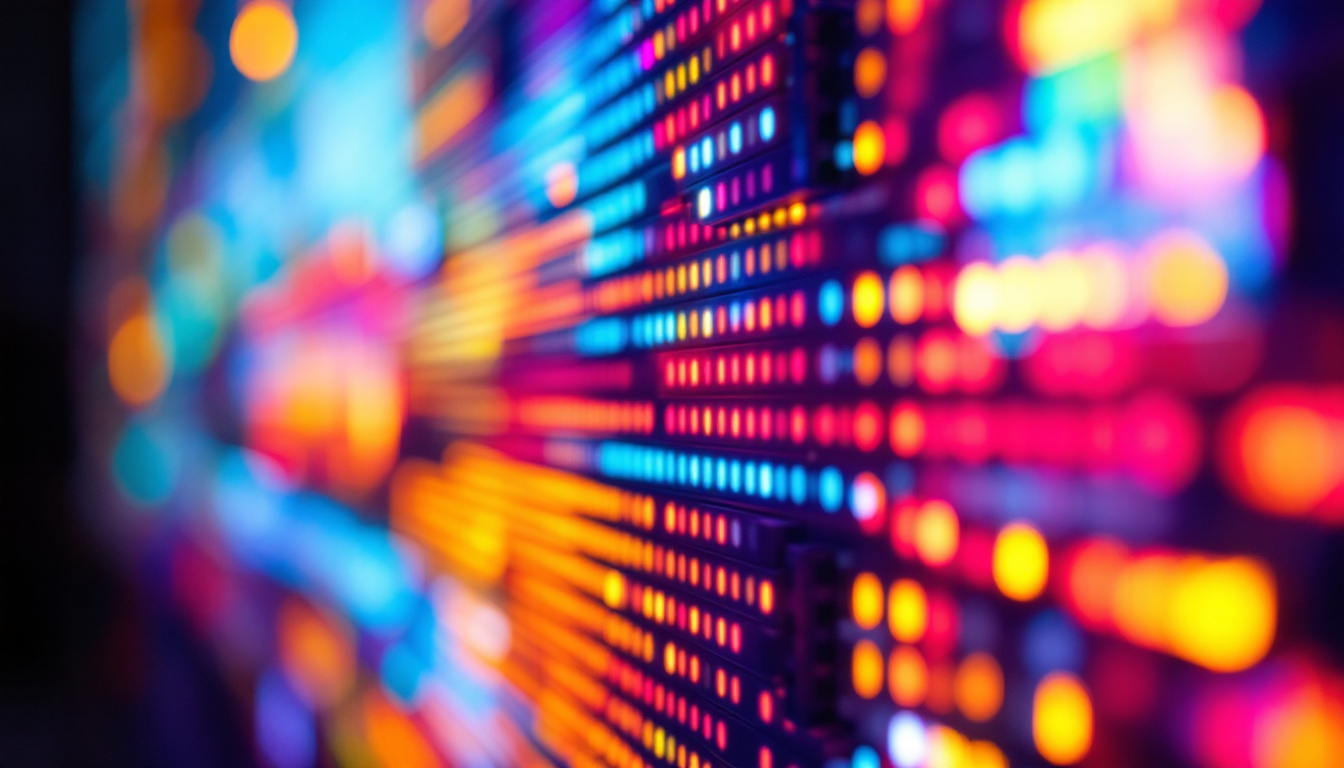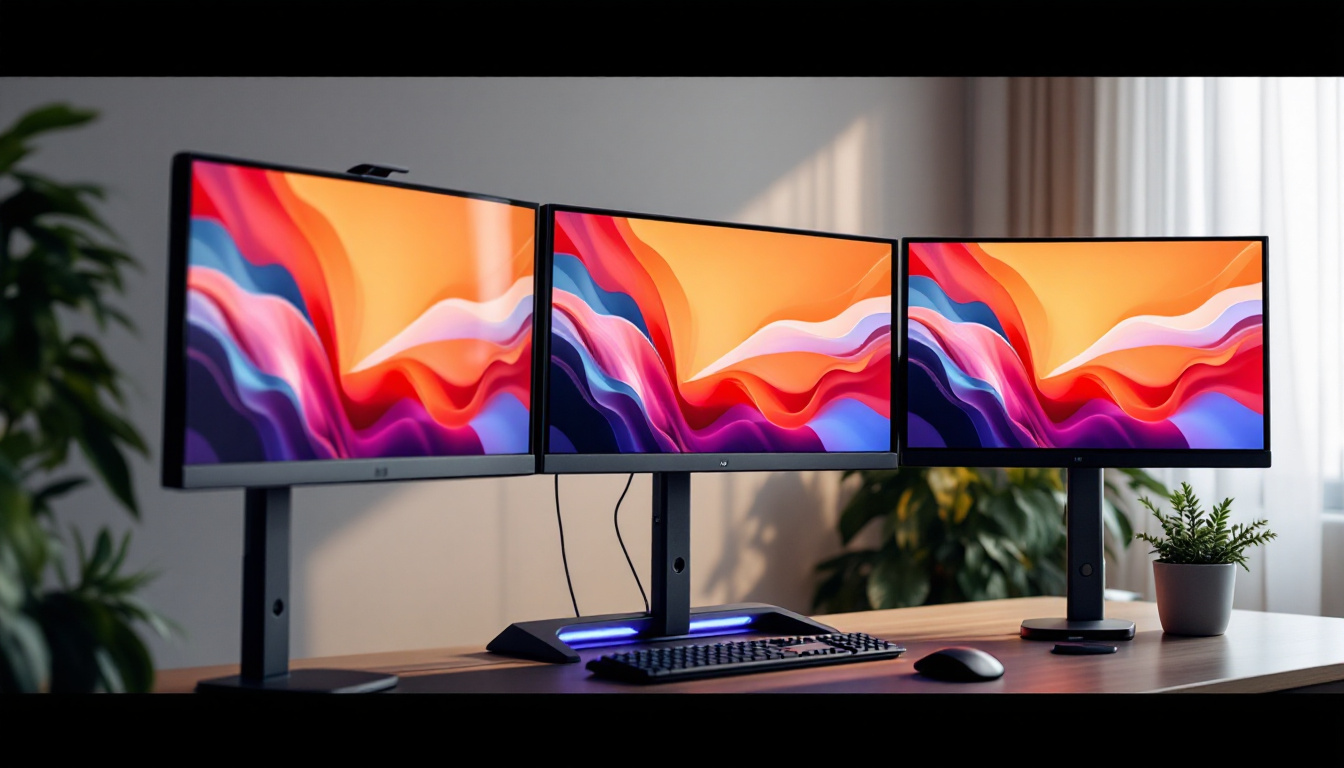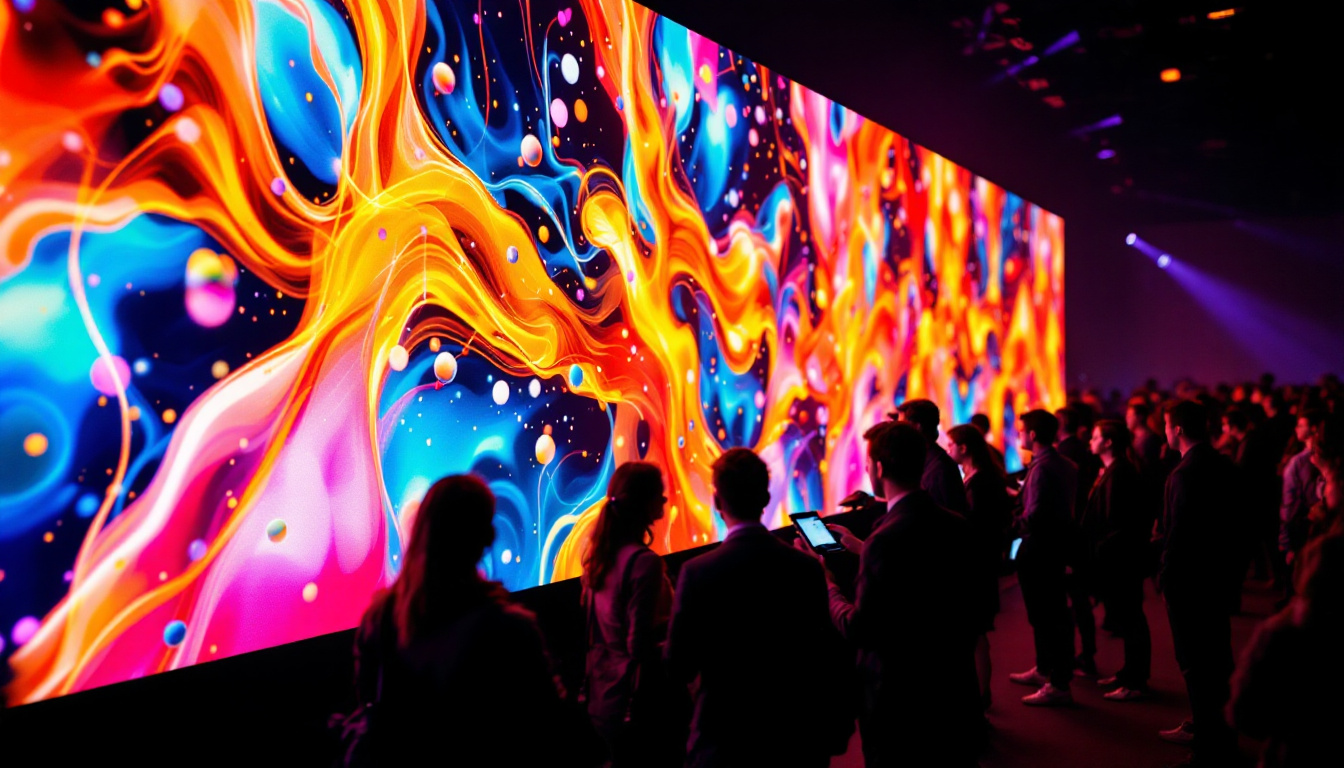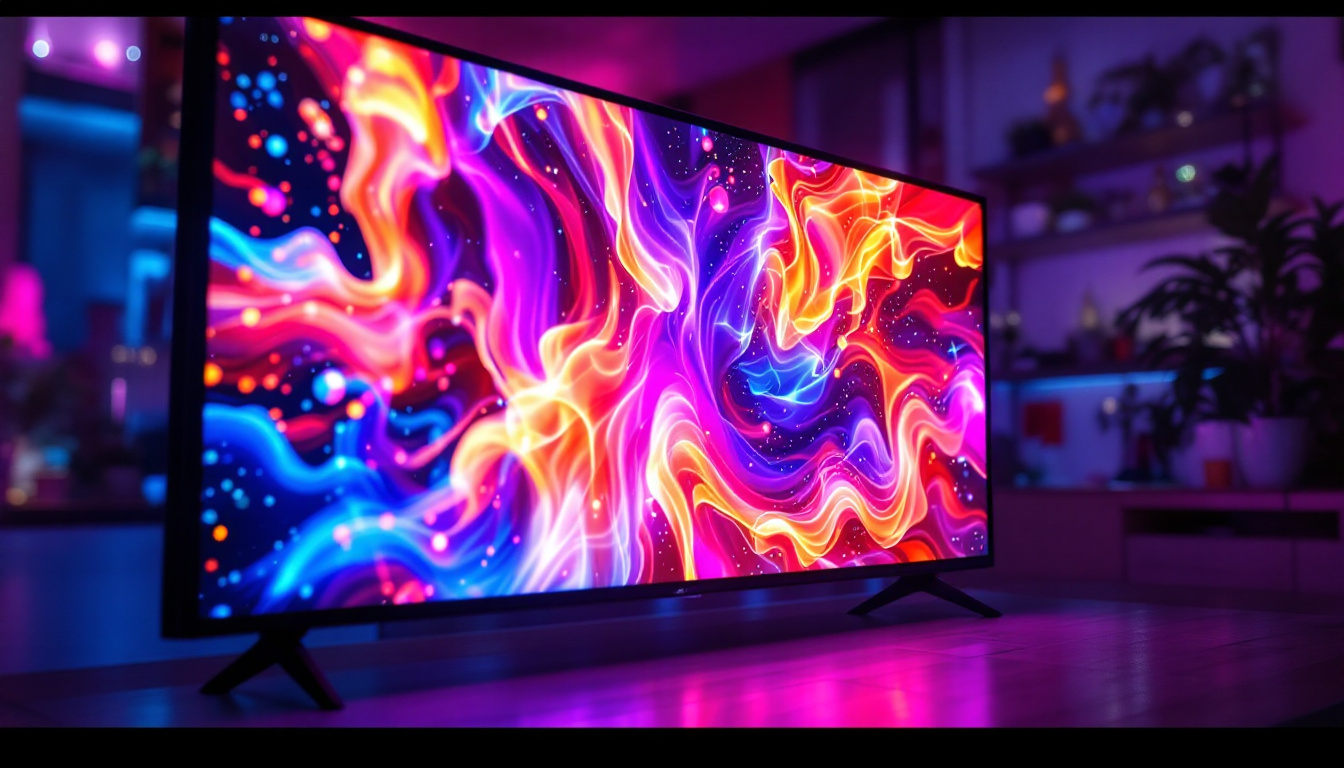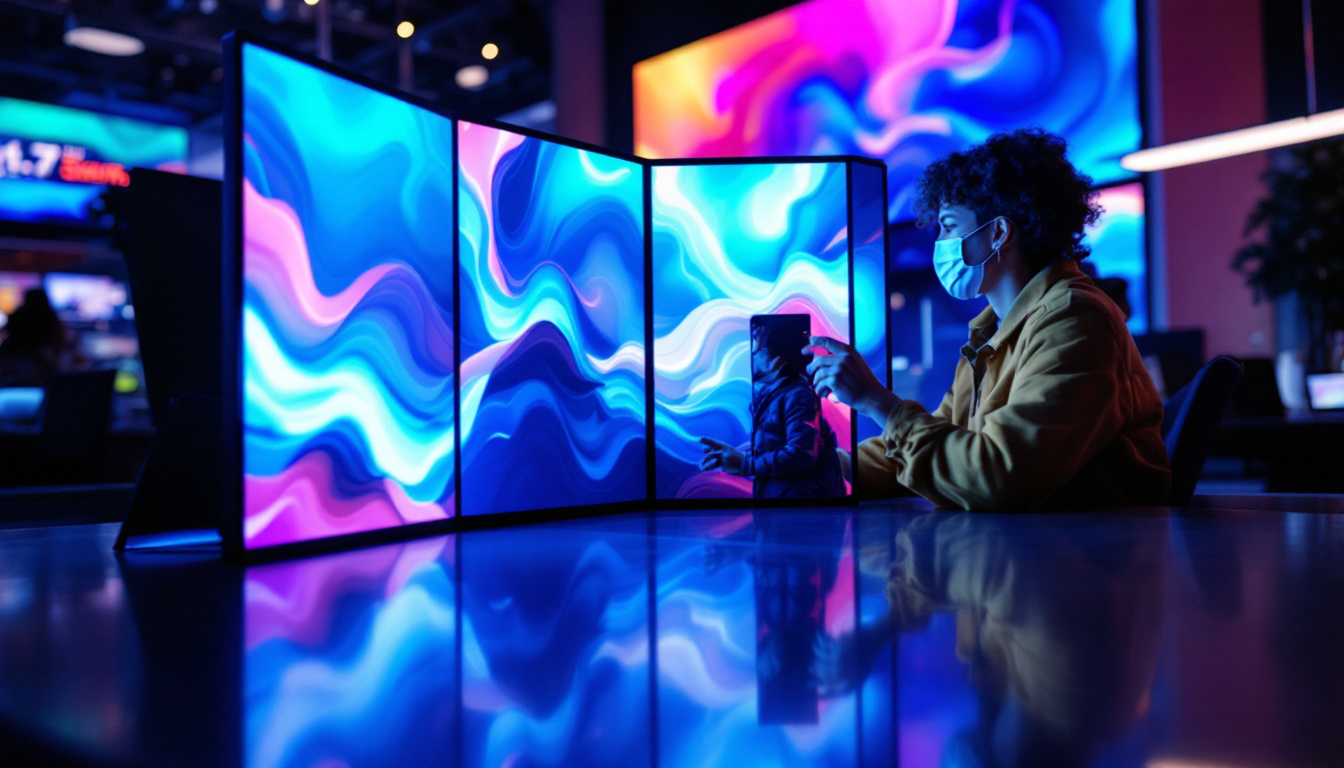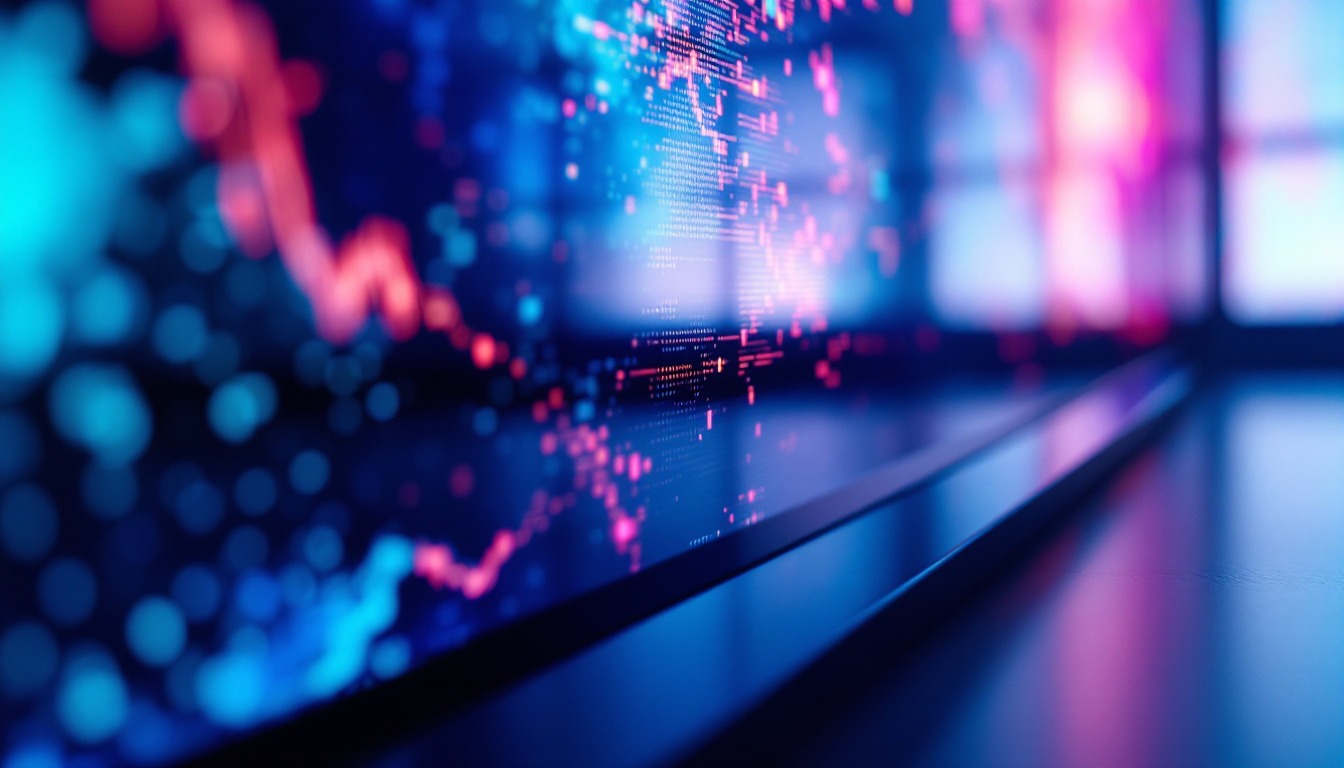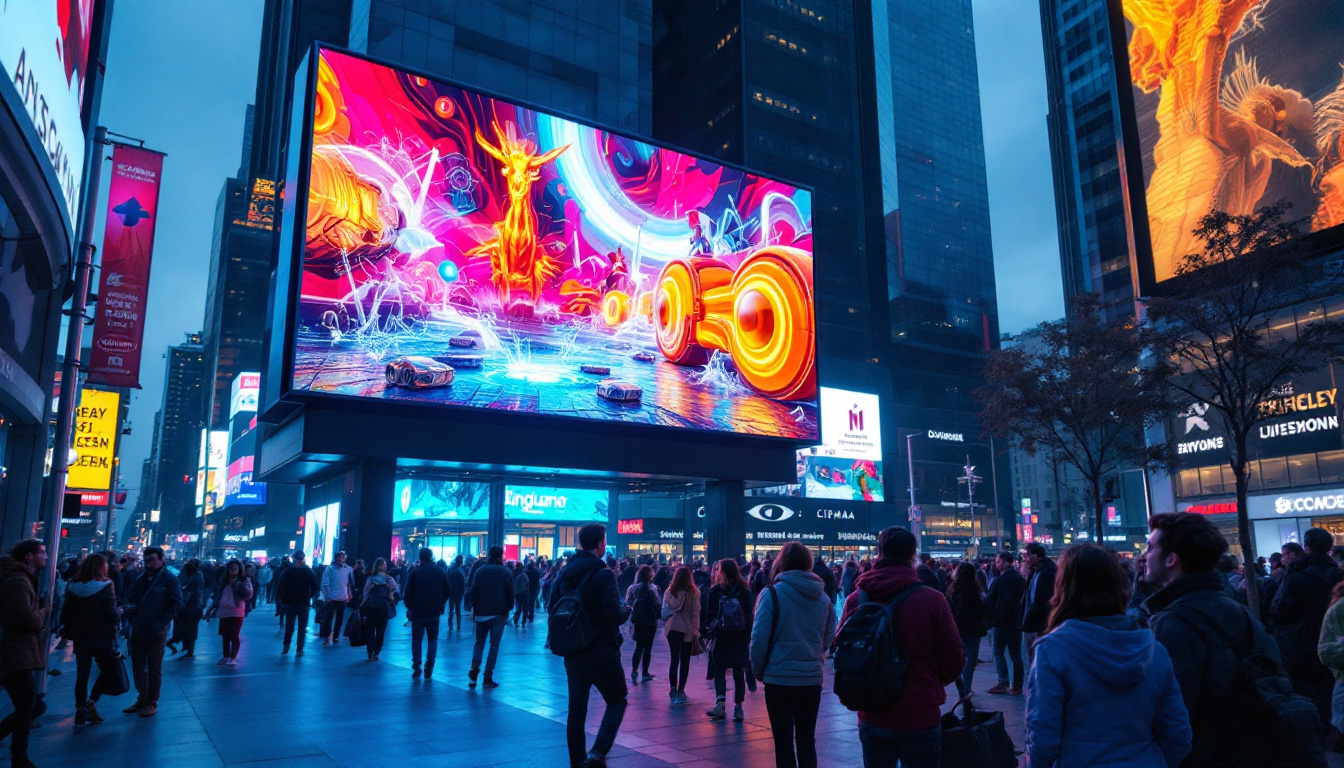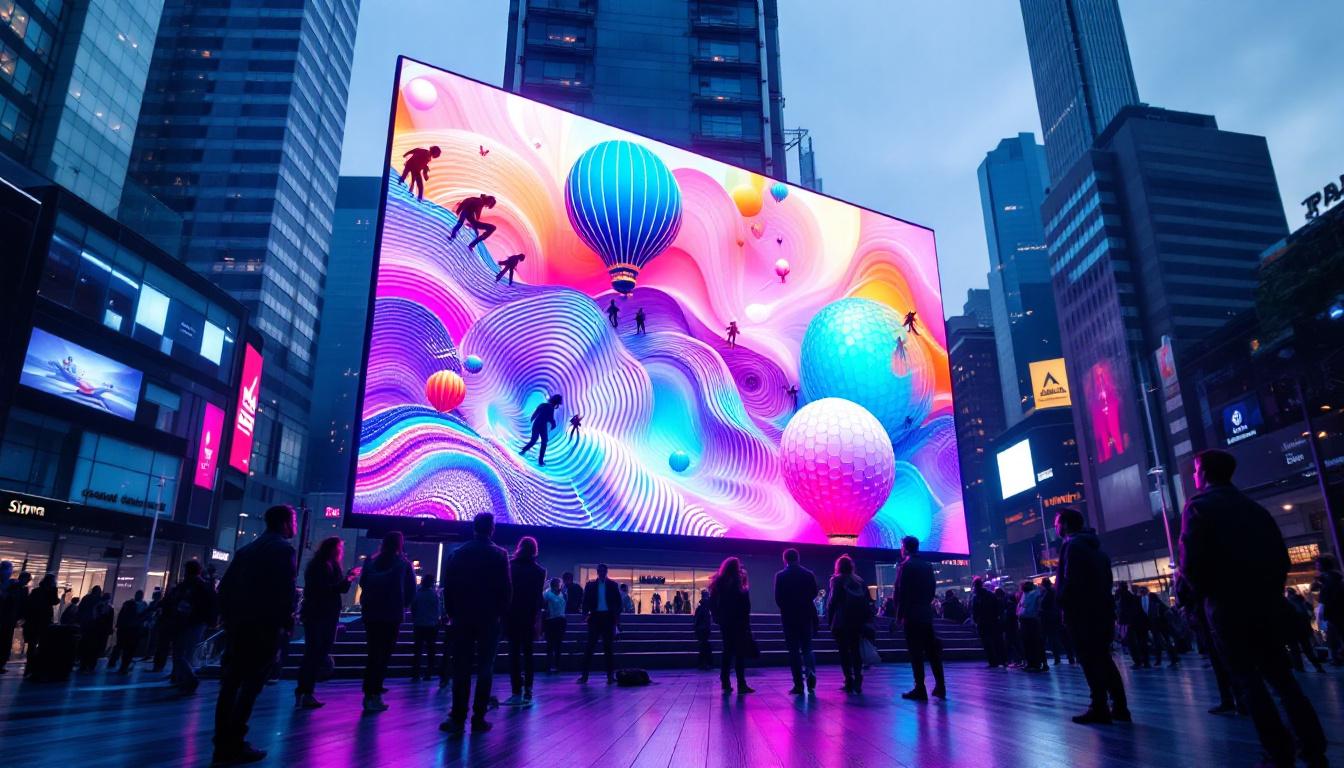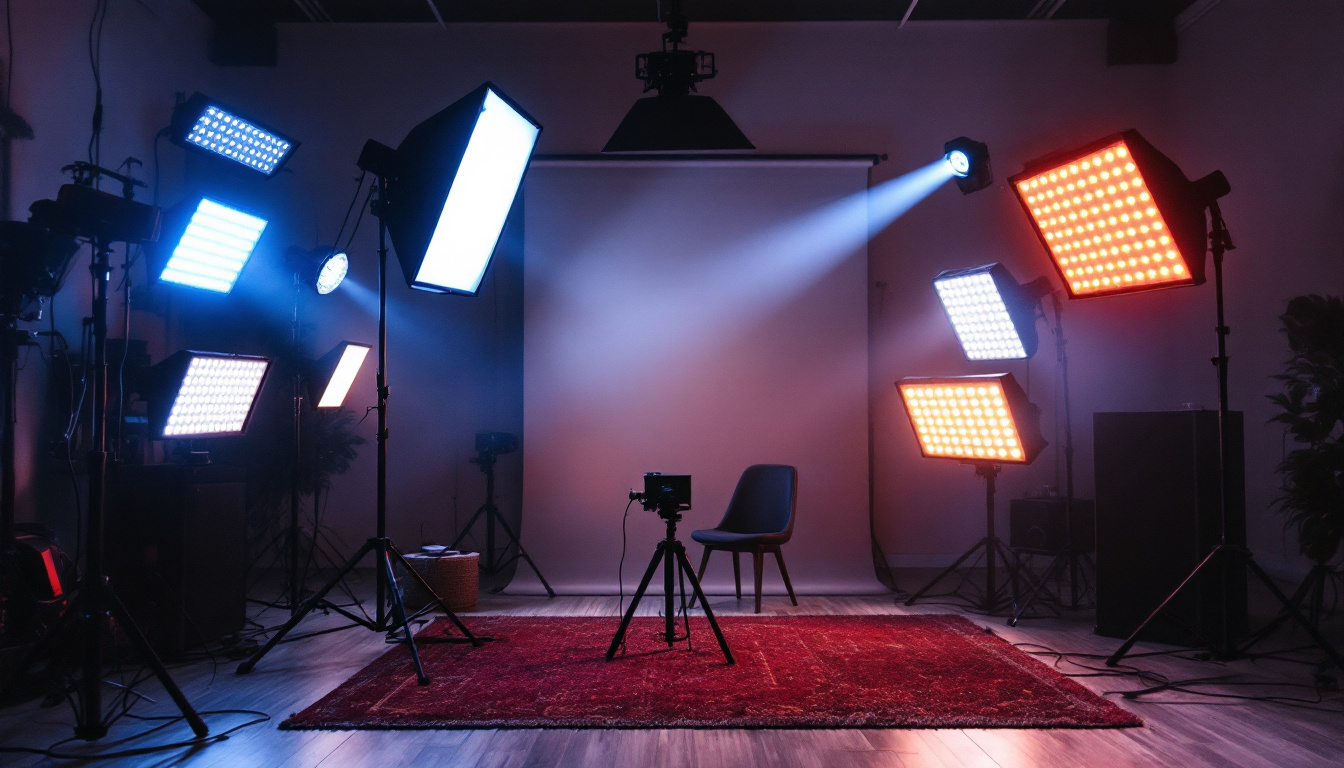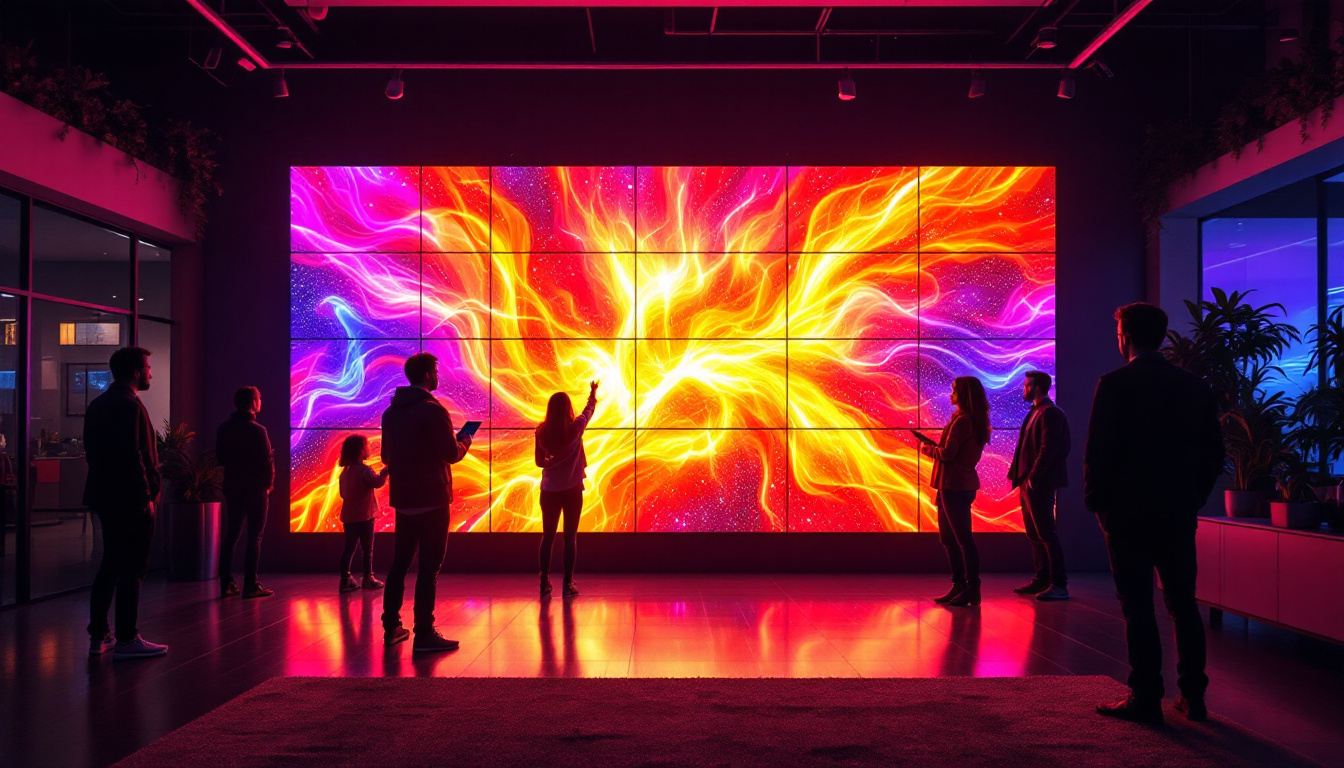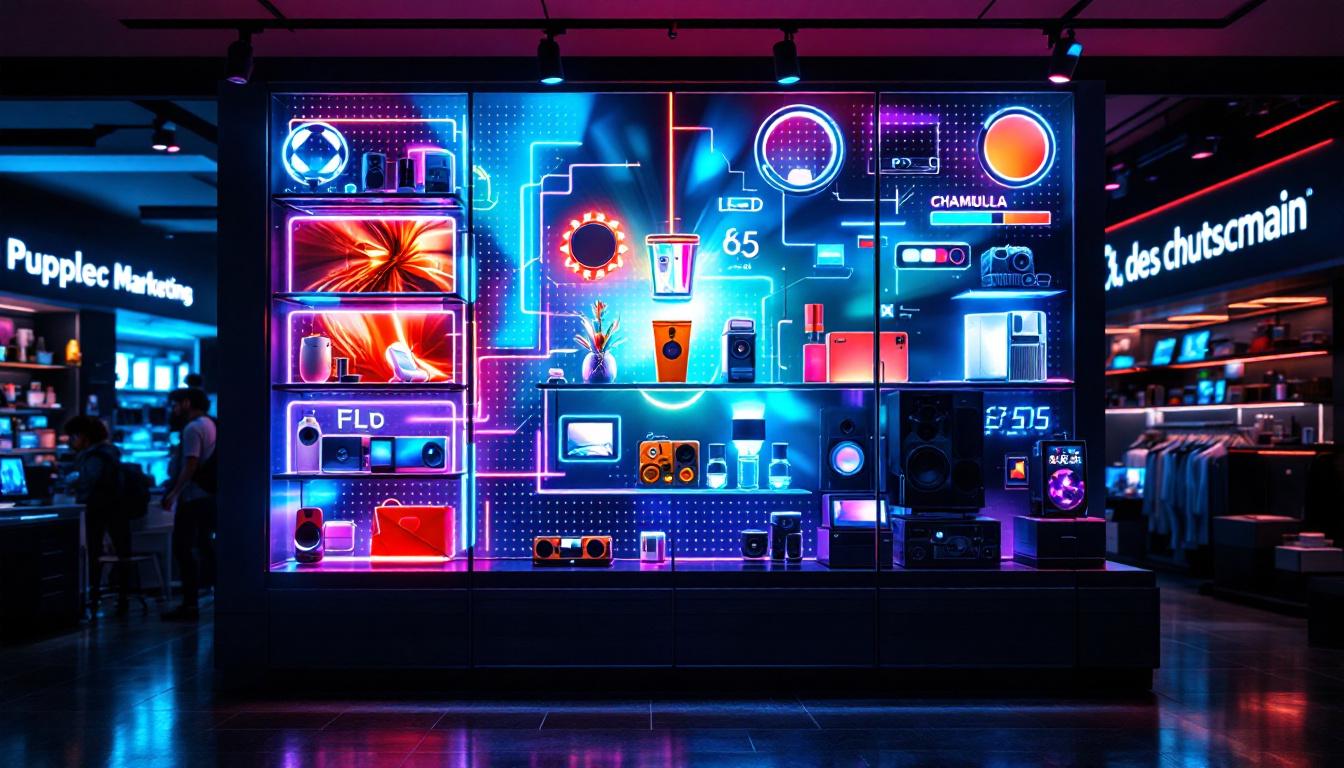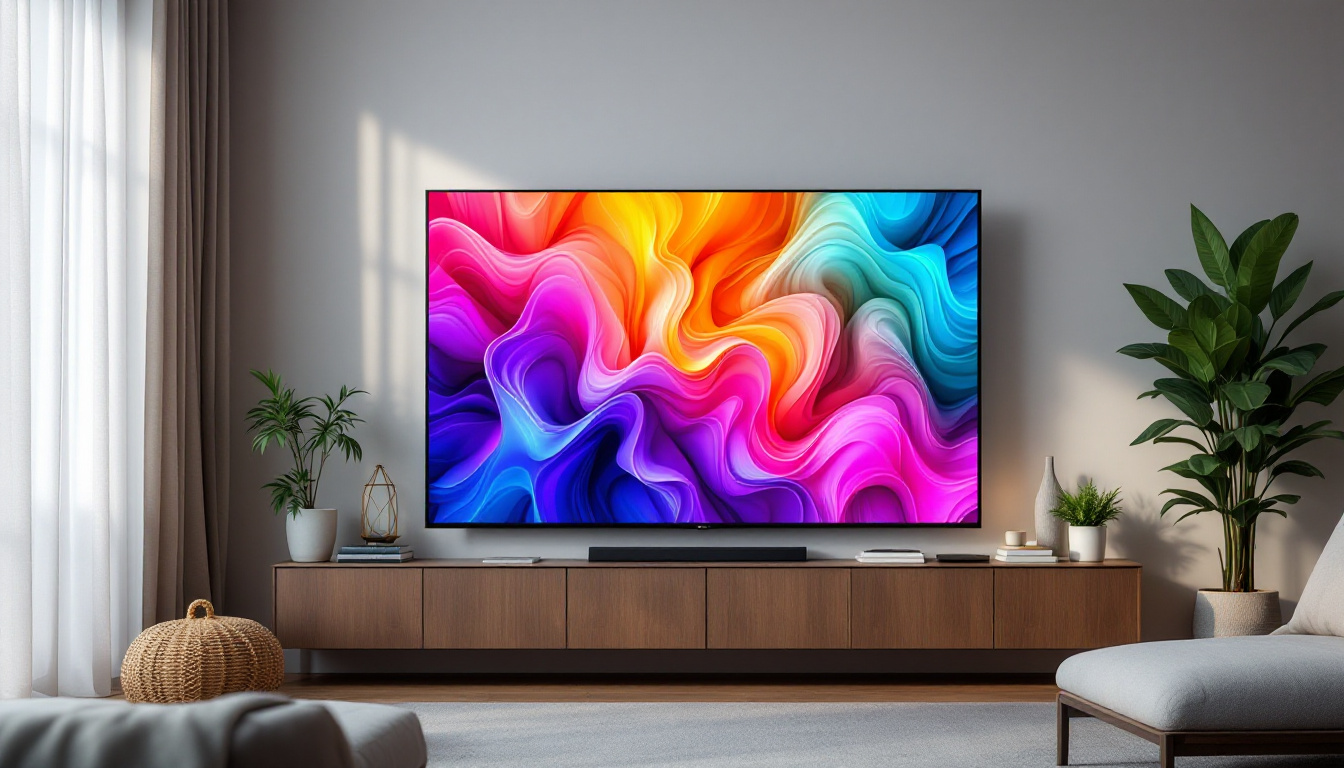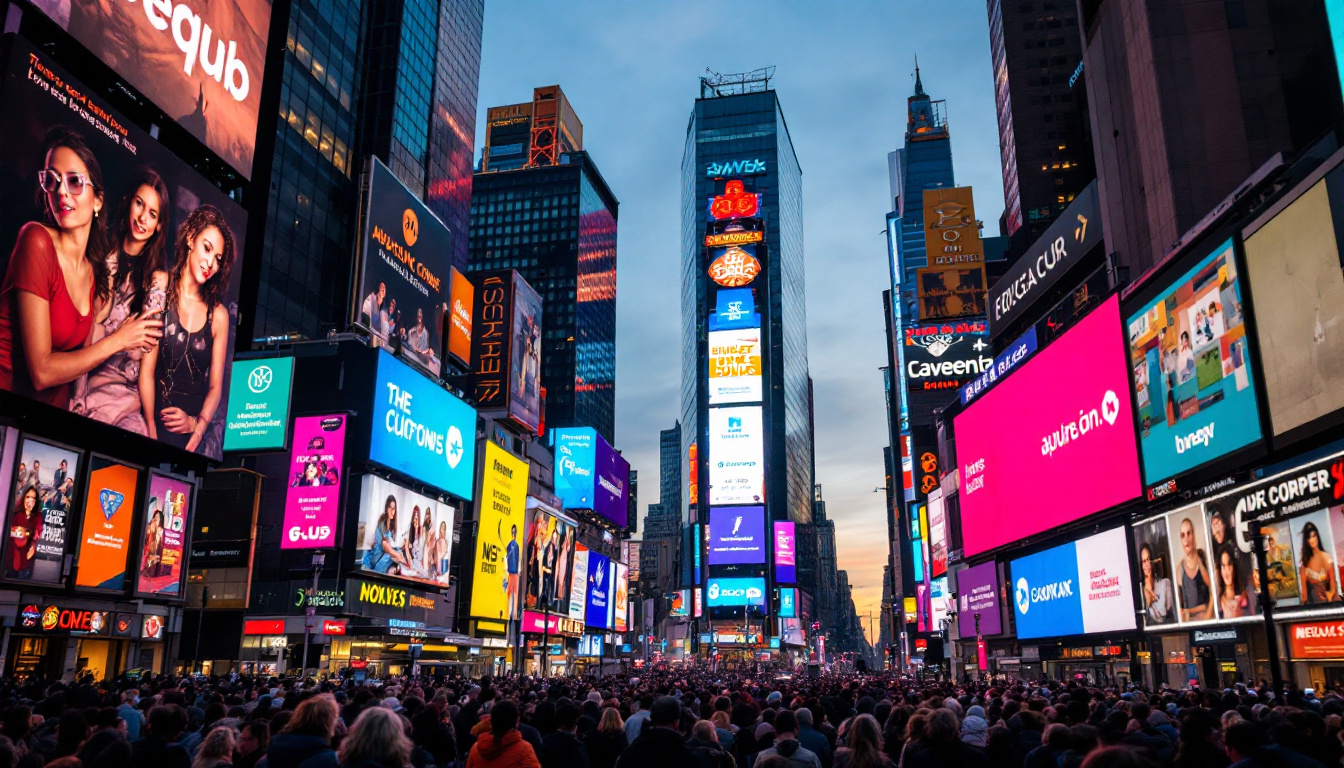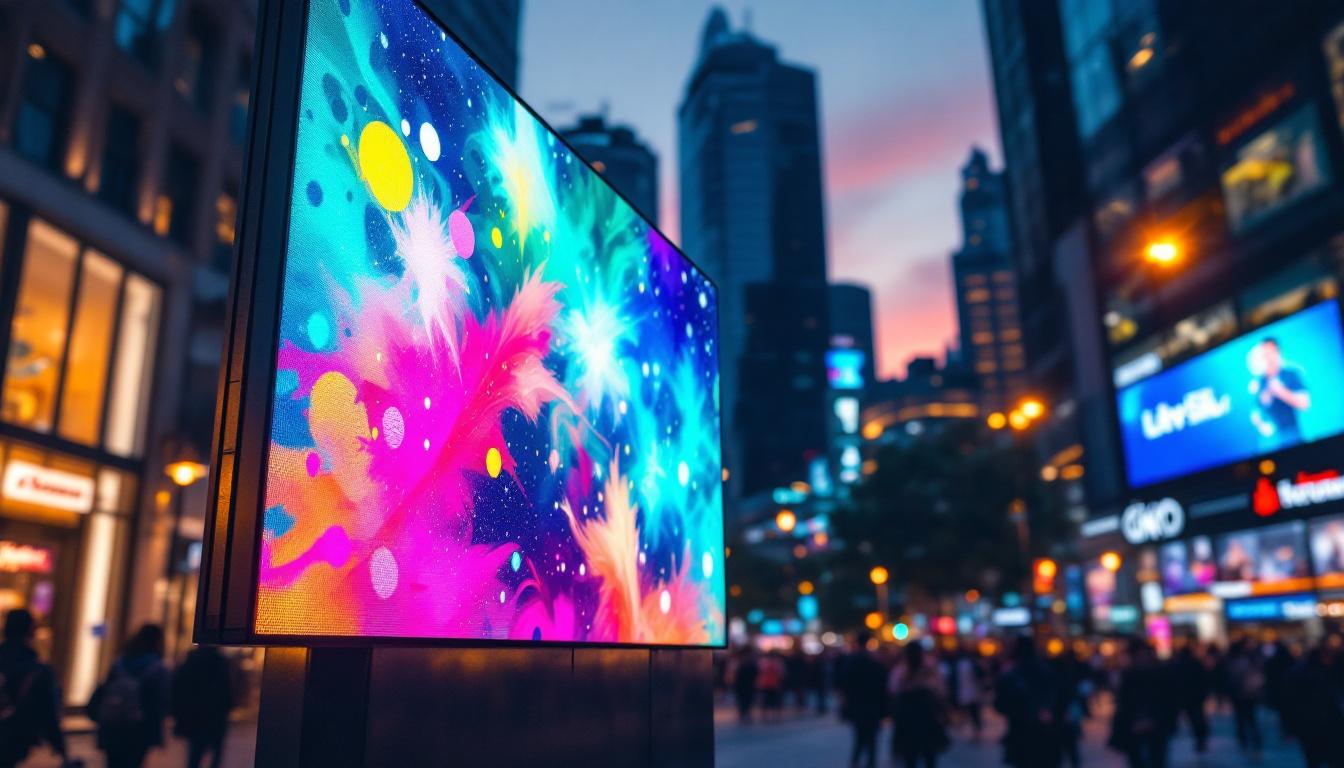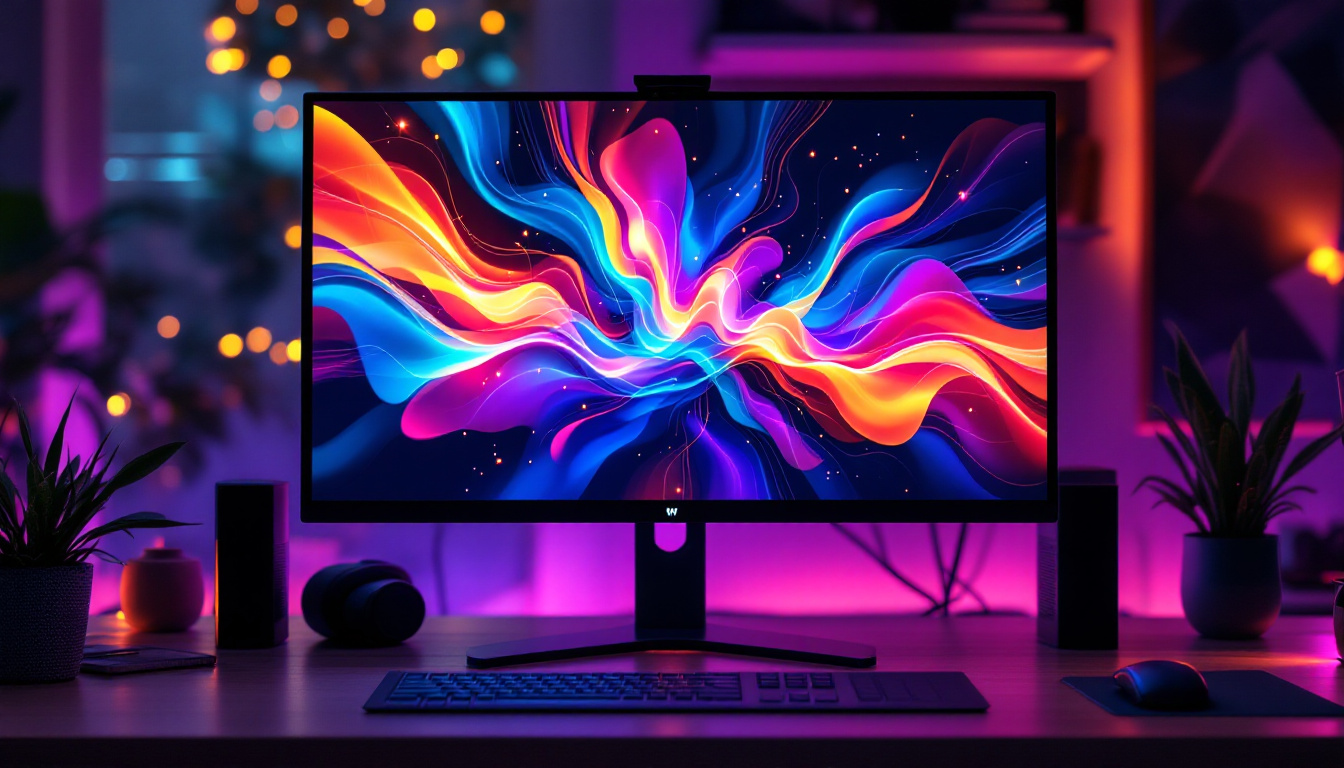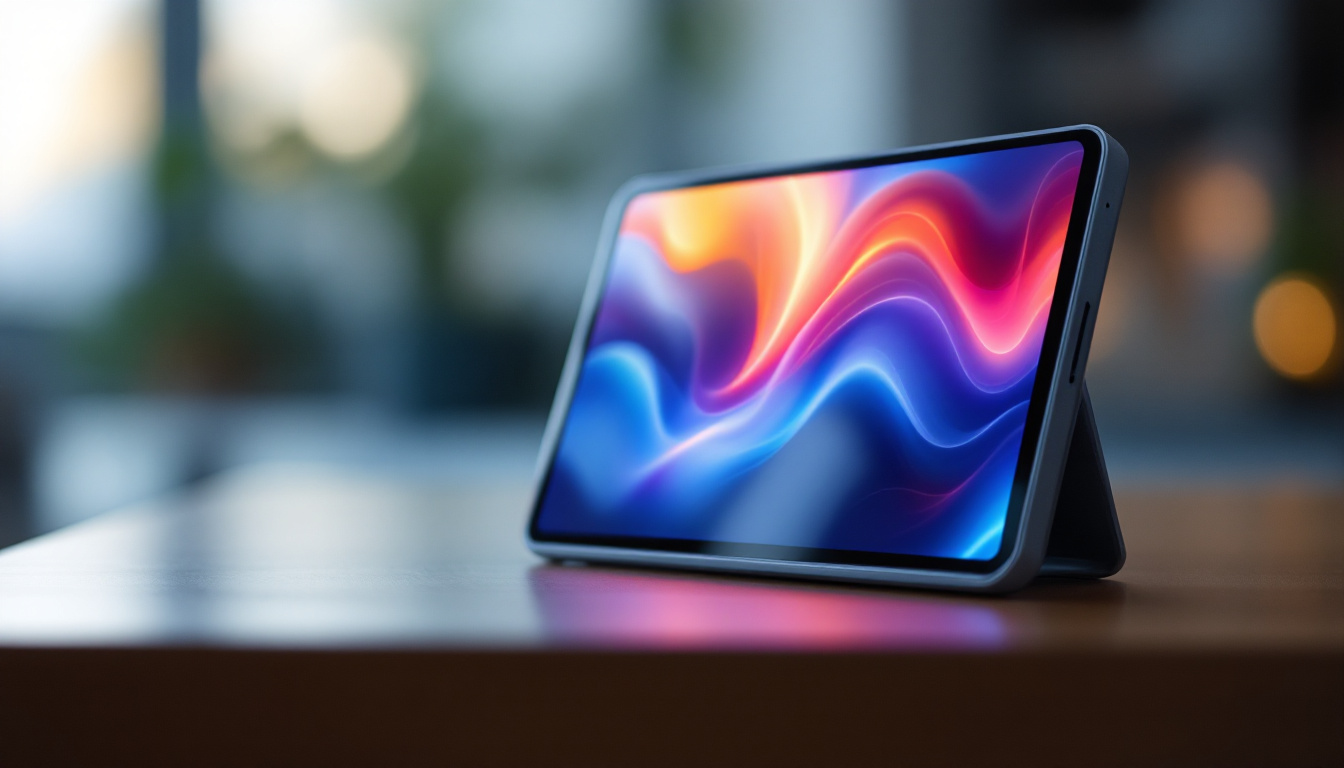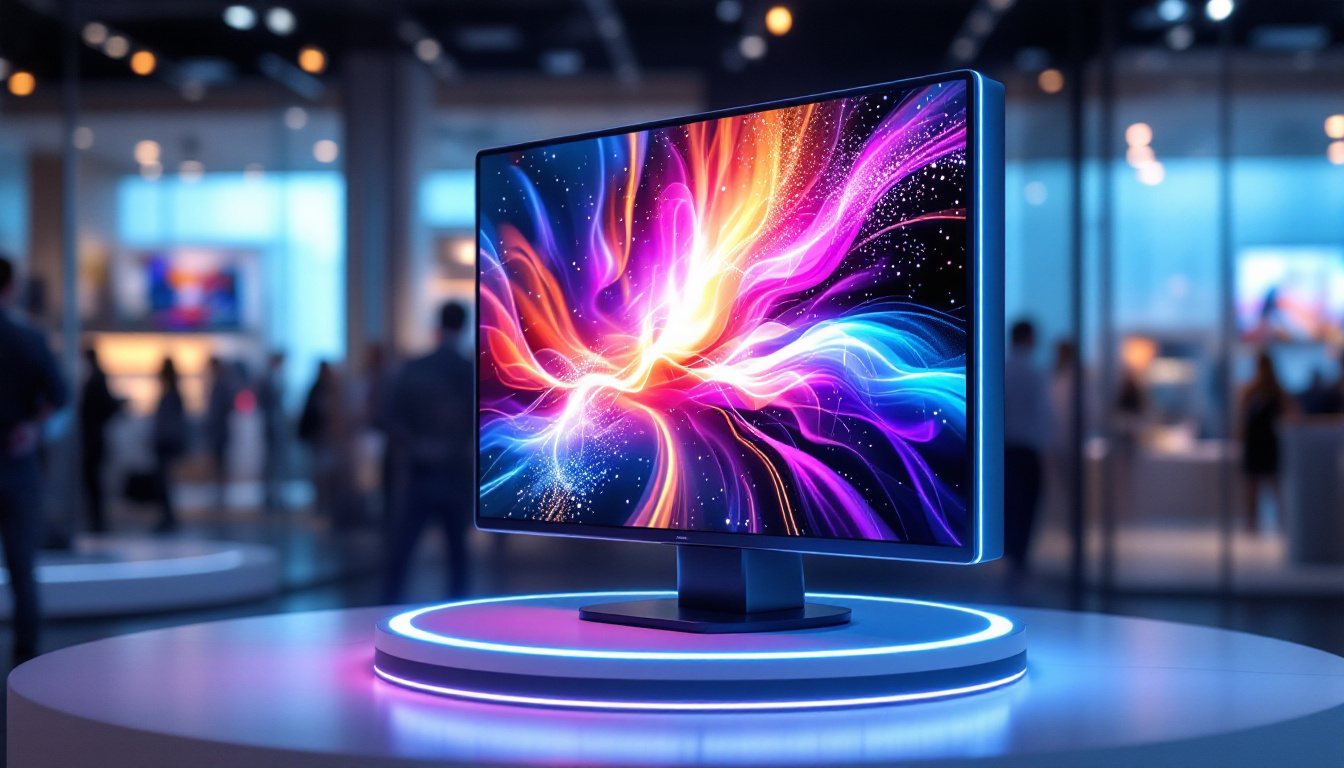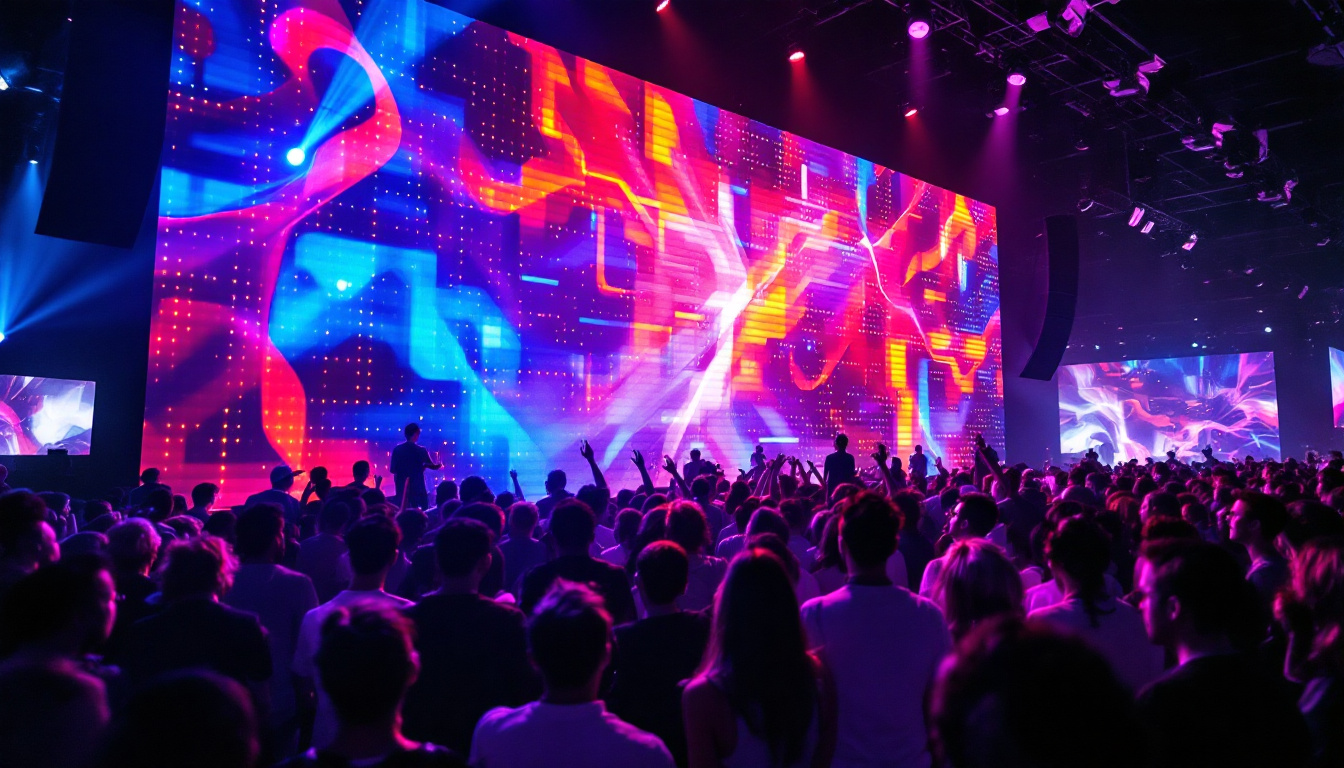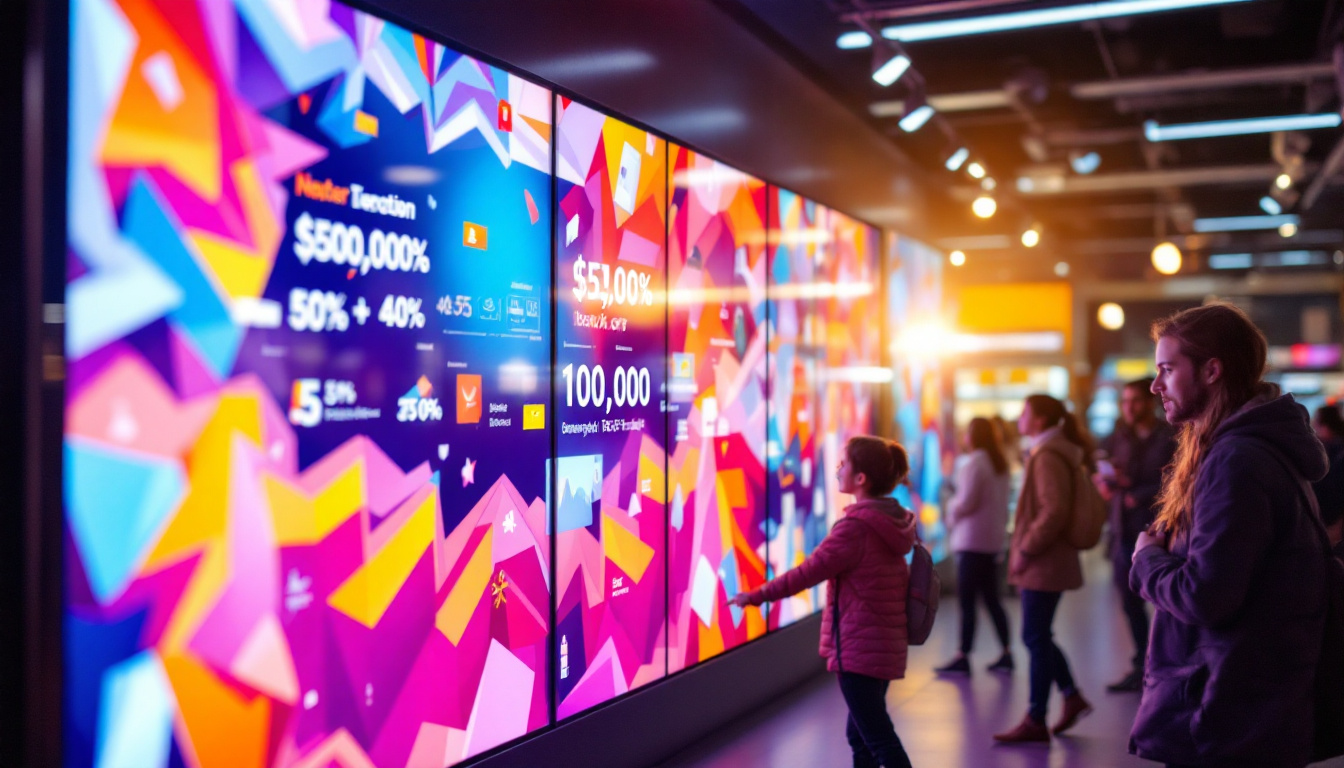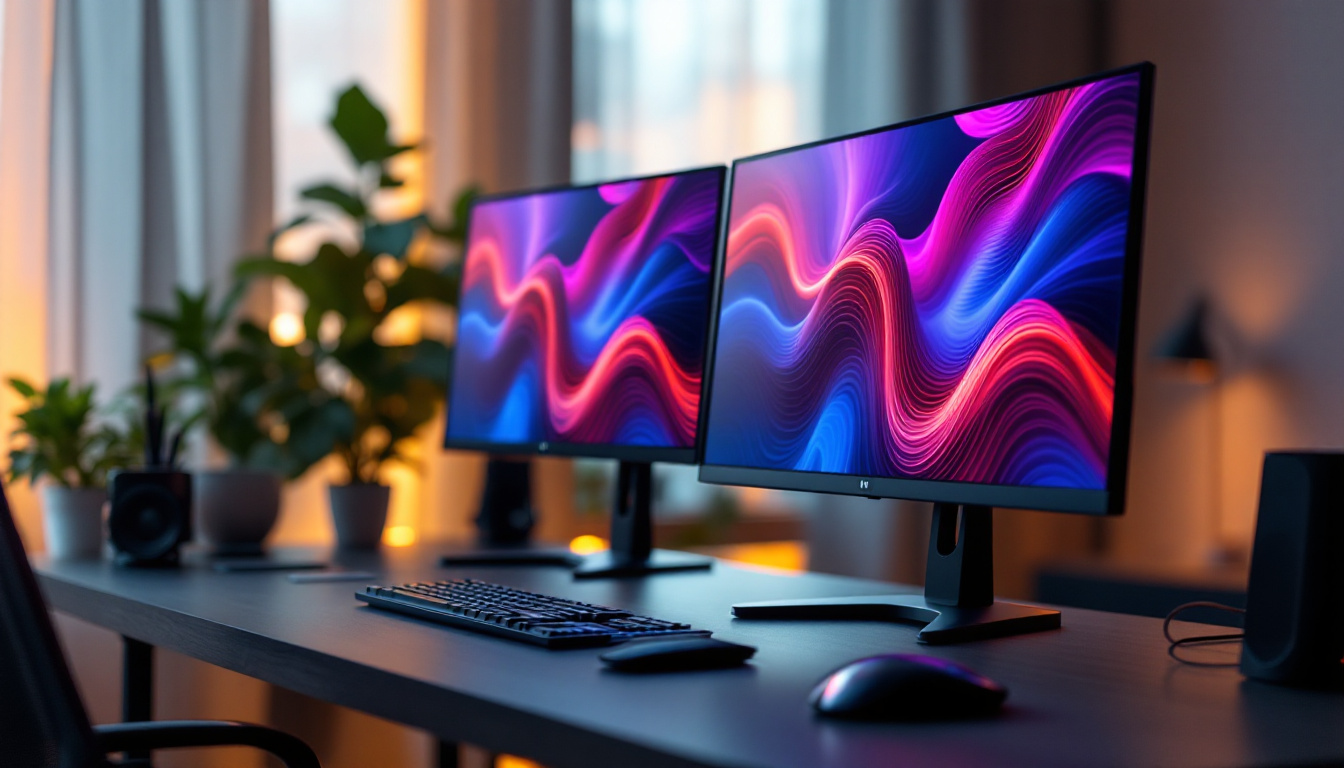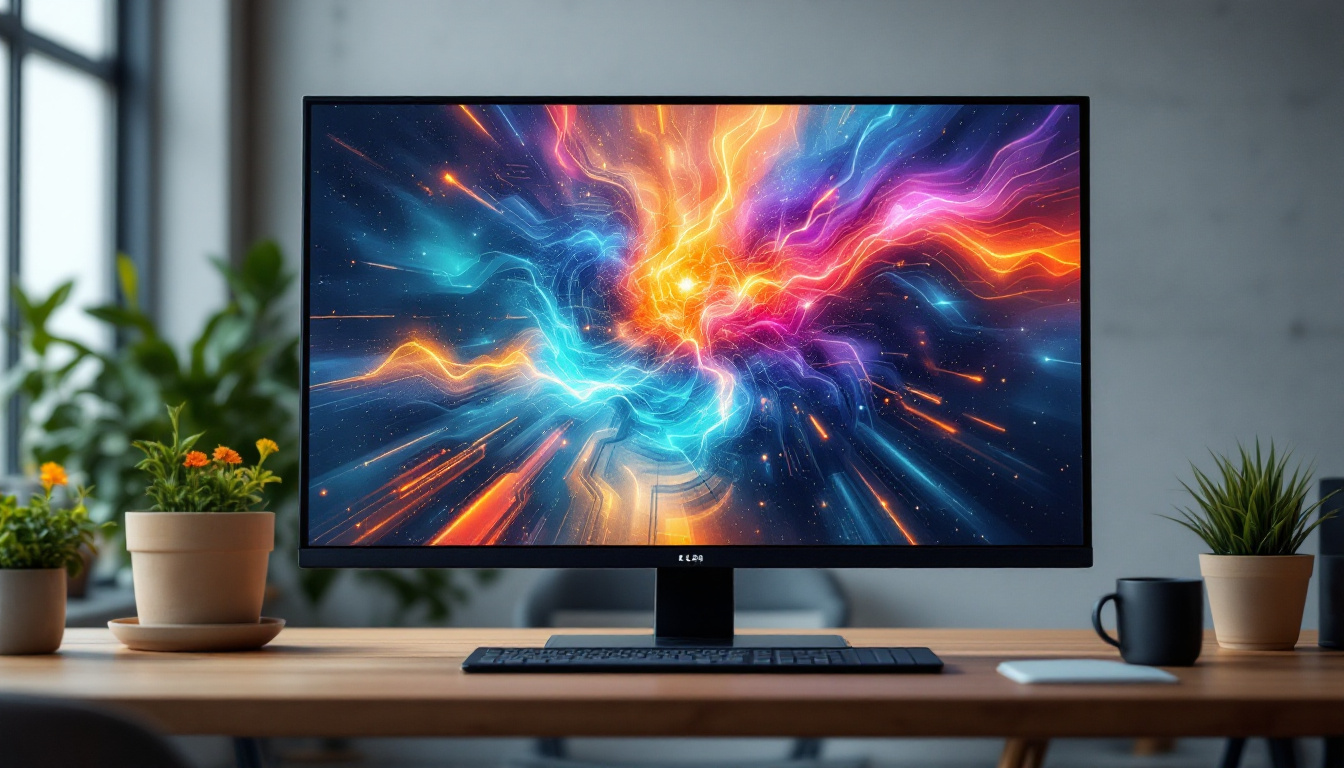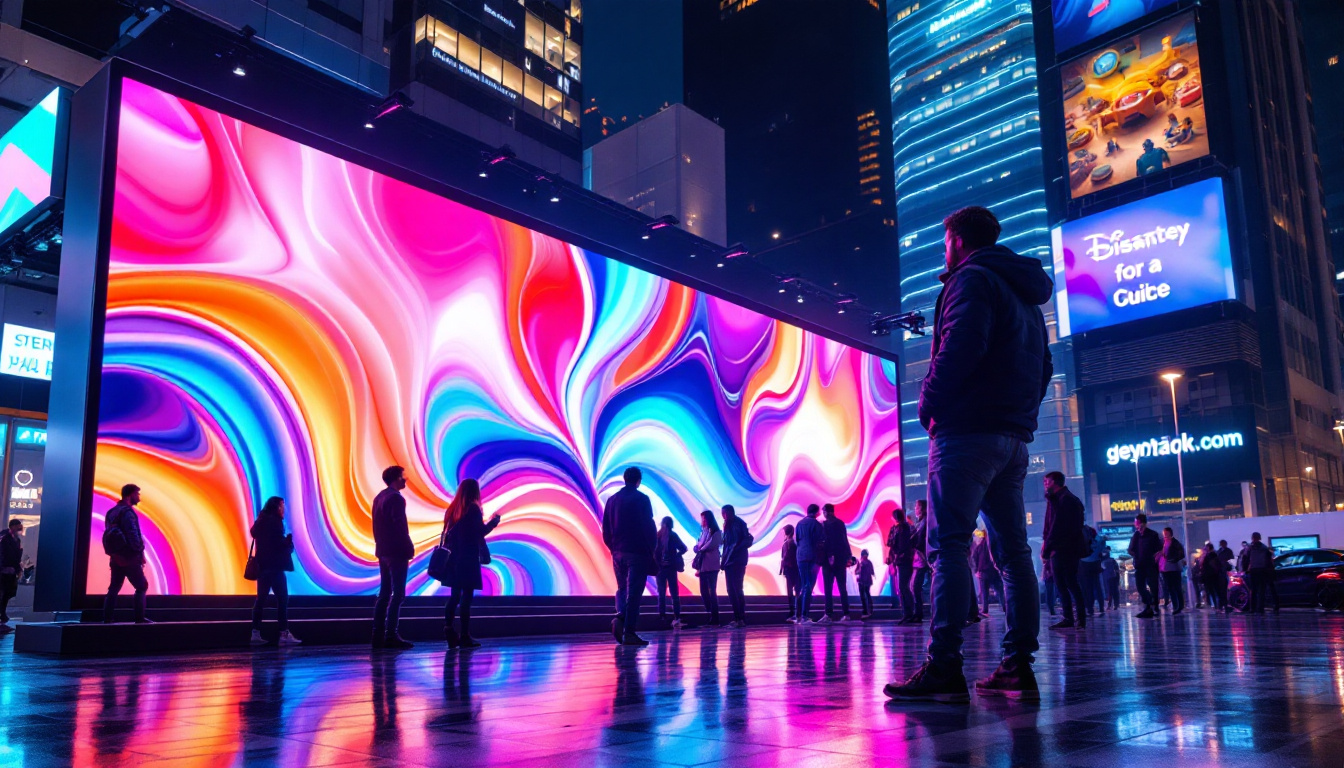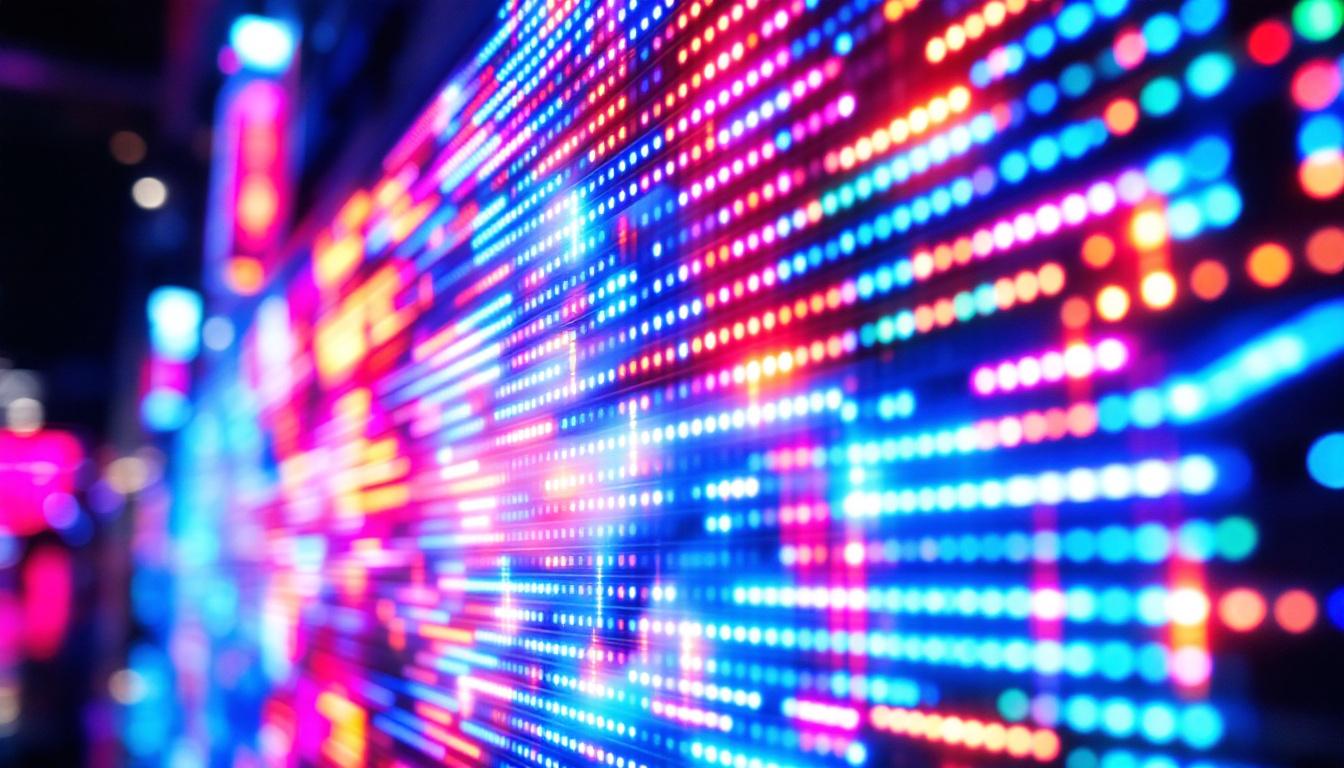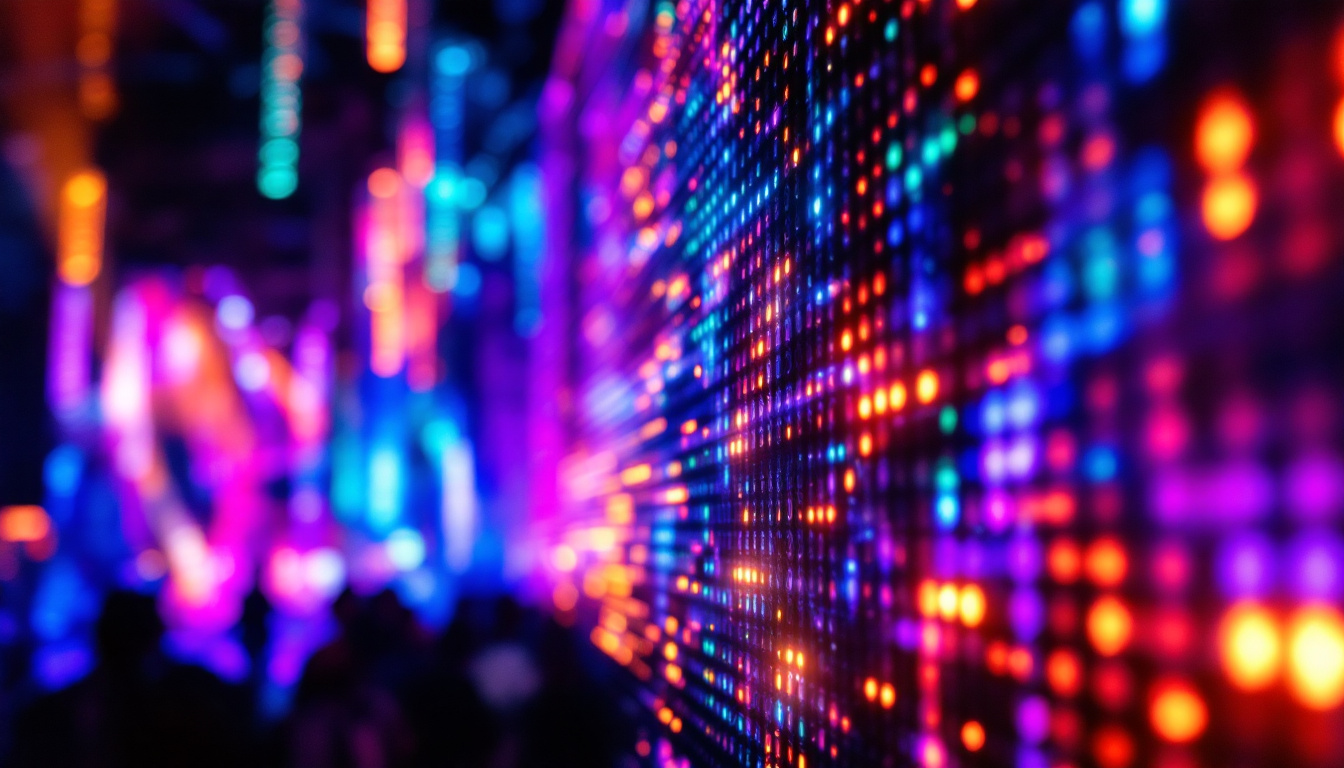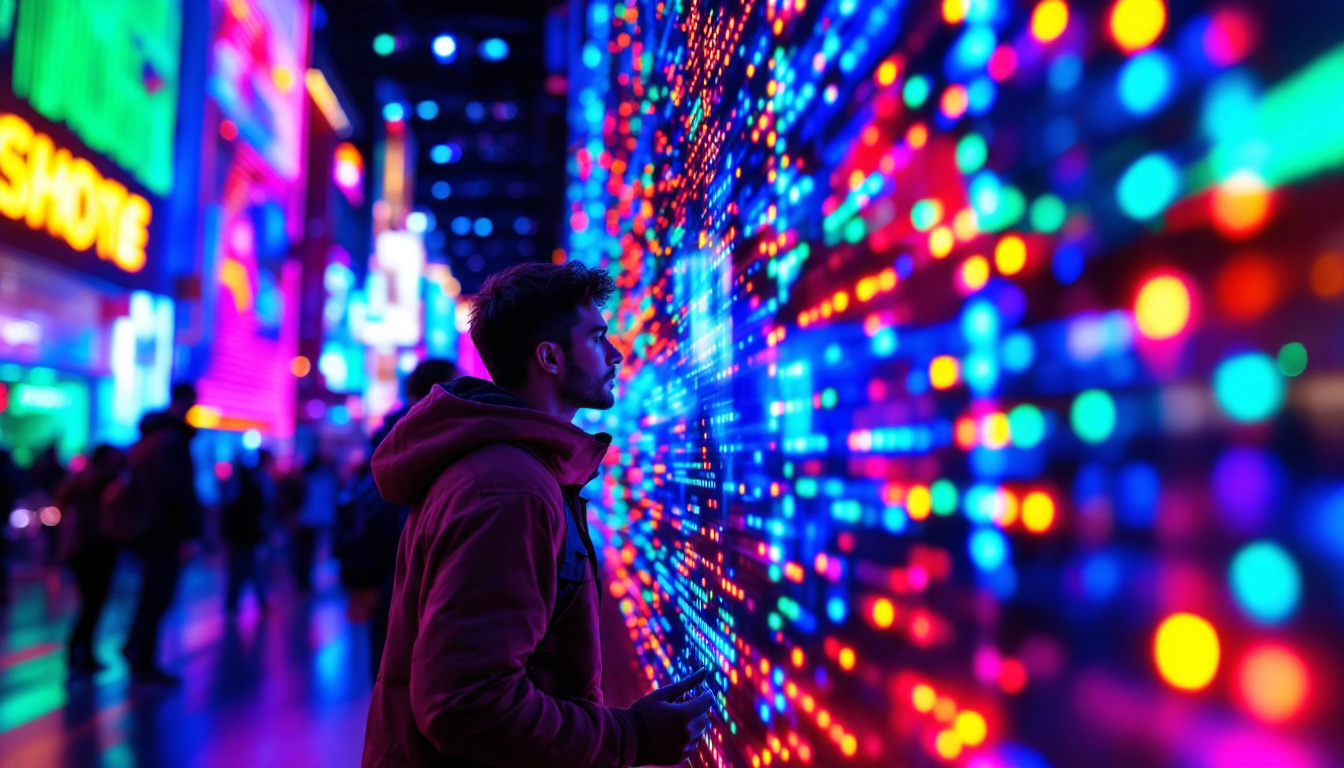In the realm of modern technology, LED displays have revolutionized the way information is presented and consumed. From smartphones to large-scale billboards, the versatility and efficiency of LED technology have made it a staple in various applications. This article delves into the specifics of LED displays, particularly focusing on the measurement of 1.8 inches in millimeters, and explores the underlying principles, advantages, and applications of this technology.
Understanding LED Displays
LED, or Light Emitting Diode, displays utilize semiconductor technology to produce light. Unlike traditional display technologies, such as LCD or CRT, LED displays are energy-efficient and provide superior brightness and color accuracy. This section will cover the basic principles of LED technology, how it differs from other display types, and its significance in today’s digital landscape.
The Basics of LED Technology
LEDs are small electronic components that emit light when an electric current passes through them. The color of the light produced depends on the materials used in the semiconductor. When multiple LEDs are combined, they can create a full-color display capable of producing vibrant images and videos. The arrangement and density of these LEDs determine the resolution and clarity of the display.
In LED displays, each pixel is made up of red, green, and blue (RGB) subpixels. By adjusting the intensity of each subpixel, a wide range of colors can be produced. This RGB model is fundamental to how LED displays create the vivid visuals that are characteristic of this technology. Additionally, advancements in LED technology have led to the development of features such as high dynamic range (HDR), which enhances the contrast and color range, making images appear more lifelike and immersive.
Types of LED Displays
There are several types of LED displays, each designed for specific applications. The most common types include:
- Direct View LED Displays: These are typically used in large outdoor screens and digital billboards. They consist of individual LED modules that are directly visible to the viewer.
- LED-backlit LCD Displays: These displays use LEDs to illuminate an LCD panel. They are commonly found in televisions and computer monitors, providing better contrast and energy efficiency compared to traditional CCFL backlighting.
- Organic LED (OLED) Displays: OLED technology uses organic compounds that emit light when electrified. These displays are known for their deep blacks and wide viewing angles, making them popular in high-end televisions and smartphones.
Another emerging type of LED display is the MicroLED, which consists of microscopic LEDs that can be used to create modular displays. This technology allows for greater flexibility in size and shape, making it ideal for custom installations and innovative designs. MicroLED displays promise to deliver even higher brightness levels and energy efficiency, while also eliminating issues such as burn-in, which can affect OLED screens. As the demand for larger and more versatile display solutions continues to grow, MicroLED technology is poised to play a significant role in the future of visual media.
Furthermore, the integration of LED displays into everyday life has transformed various industries, from advertising to entertainment. The use of LED walls in concerts and events creates dynamic backdrops that enhance the overall experience for attendees. In retail, LED displays are used for eye-catching signage and product promotions, drawing customers’ attention and increasing engagement. The versatility and adaptability of LED technology have made it a cornerstone in the evolution of visual communication, paving the way for innovative applications that were previously unimaginable.
Measuring LED Displays: The Importance of Size
The size of an LED display is often measured diagonally in inches, which can sometimes lead to confusion when converting to metric measurements. For instance, a 1.8-inch display is equivalent to approximately 45.72 millimeters. Understanding this conversion is crucial for various applications, especially in international markets where metric measurements are standard.
Why Size Matters
The size of an LED display affects not only its physical dimensions but also its resolution, viewing distance, and application suitability. A larger display may be required for outdoor advertising, where visibility from a distance is essential, while smaller displays are often used in personal devices like smartphones and tablets.
When selecting an LED display, it is essential to consider the pixel pitch, which refers to the distance between the centers of two adjacent pixels. A smaller pixel pitch results in higher resolution, making it ideal for close viewing distances. Conversely, larger pixel pitches are more suitable for displays viewed from afar.
Conversion from Inches to Millimeters
Converting inches to millimeters is a straightforward process. The formula to convert inches to millimeters is:
1 inch = 25.4 mmTherefore, to convert 1.8 inches to millimeters:
1.8 inches x 25.4 mm/inch = 45.72 mmUnderstanding this conversion is essential for manufacturers, designers, and consumers alike, ensuring that the correct specifications are met for various applications.
Advantages of LED Displays
LED displays offer numerous advantages over traditional display technologies. Their unique properties make them suitable for a wide range of applications, from consumer electronics to large-scale advertising. This section outlines the key benefits of LED displays and why they have become a preferred choice in many sectors.
Energy Efficiency
One of the most significant advantages of LED displays is their energy efficiency. Compared to traditional display technologies, LEDs consume far less power, which translates to lower energy bills and a reduced carbon footprint. This efficiency is particularly beneficial for large installations, such as outdoor billboards, where energy costs can be substantial.
Brightness and Color Accuracy
LED displays are known for their exceptional brightness levels, making them ideal for outdoor use where sunlight can wash out other display types. Additionally, LEDs can produce a wide color gamut, allowing for vibrant and accurate color reproduction. This capability is crucial for applications that require precise color matching, such as graphic design and digital art.
Longevity and Durability
LEDs have a long operational lifespan, often exceeding 50,000 hours of use. This longevity reduces the need for frequent replacements, making LED displays a cost-effective solution in the long run. Furthermore, LEDs are more resistant to shock and vibration compared to traditional displays, enhancing their durability in various environments.
Applications of LED Displays
The versatility of LED displays allows them to be utilized in a myriad of applications across different industries. From advertising to entertainment, the following sections explore some of the most common uses of LED technology.
Advertising and Marketing
One of the most prominent applications of LED displays is in advertising. Digital billboards and signage have become increasingly popular due to their ability to capture attention and convey messages dynamically. Advertisers can easily update content in real-time, allowing for targeted marketing campaigns that can adapt to changing demographics and trends.
Additionally, LED displays can be used for interactive advertising, where consumers can engage with the content through touch or motion sensors. This interactivity enhances the overall consumer experience and can lead to higher engagement rates.
Entertainment and Events
In the entertainment industry, LED displays play a crucial role in concerts, festivals, and sporting events. Large LED screens are often used to enhance the audience’s experience, providing close-up views of performances or live broadcasts of events. The ability to display high-resolution visuals in real-time makes LED technology indispensable for event organizers.
Moreover, LED displays are commonly used in theme parks and attractions, where they can create immersive environments through dynamic visuals and lighting effects. This application not only enhances the aesthetic appeal but also contributes to storytelling and audience engagement.
Transportation and Public Information
LED displays are widely used in transportation systems for displaying real-time information to passengers. Bus stops, train stations, and airports utilize LED screens to provide updates on schedules, delays, and other important announcements. The clarity and visibility of LED displays ensure that information is easily accessible, improving the overall efficiency of public transport systems.
Additionally, LED technology is employed in traffic management systems, where variable message signs (VMS) provide drivers with real-time updates on road conditions, accidents, and detours. This application enhances safety and helps in managing traffic flow effectively.
The Future of LED Displays
As technology continues to evolve, the future of LED displays looks promising. Innovations in manufacturing processes, materials, and design are paving the way for even more advanced applications. This section discusses potential developments and trends in the LED display industry.
MicroLED Technology
MicroLED is an emerging technology that promises to take LED displays to the next level. Unlike traditional LEDs, MicroLEDs are significantly smaller, allowing for higher pixel density and improved resolution. This technology has the potential to create displays that are thinner, lighter, and more flexible, opening up new possibilities for design and application.
Integration with Smart Technology
The integration of LED displays with smart technology is another trend that is gaining traction. Smart LED displays can be connected to the internet, enabling features such as remote content management, data analytics, and interactive capabilities. This connectivity allows businesses to optimize their advertising strategies and enhance customer engagement.
Sustainability Initiatives
As sustainability becomes a priority for many industries, LED manufacturers are focusing on creating eco-friendly products. This includes using recyclable materials, reducing energy consumption, and implementing sustainable manufacturing practices. The future of LED displays will likely see a greater emphasis on environmental responsibility, aligning with global efforts to combat climate change.
Conclusion
LED displays have transformed the way information is presented across various sectors, offering unparalleled brightness, energy efficiency, and versatility. Understanding the specifics of measurements, such as the conversion of 1.8 inches to millimeters, is essential for making informed decisions regarding display technology. As advancements continue to emerge, the future of LED displays holds exciting possibilities, promising to enhance our visual experiences in ways previously unimaginable.
In summary, the significance of LED displays cannot be overstated. Their applications span advertising, entertainment, transportation, and beyond, making them an integral part of modern life. With ongoing innovations and a focus on sustainability, LED technology is poised to remain at the forefront of display solutions for years to come.
Discover LumenMatrix LED Display Solutions
Ready to experience the future of LED display technology? LumenMatrix is at the forefront of innovation, offering a wide array of LED display solutions tailored to meet your needs. Whether you’re looking to enhance your brand’s visibility with an Indoor LED Wall Display, captivate passersby with a vibrant Outdoor LED Wall Display, or create a dynamic visual experience with our Custom LED Displays, LumenMatrix has you covered. Elevate your visual communication and engage your audience like never before. Check out LumenMatrix LED Display Solutions today and see the difference for yourself.

